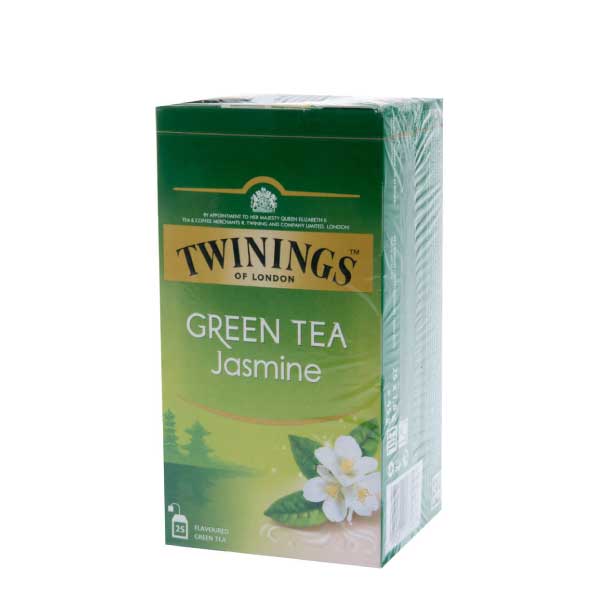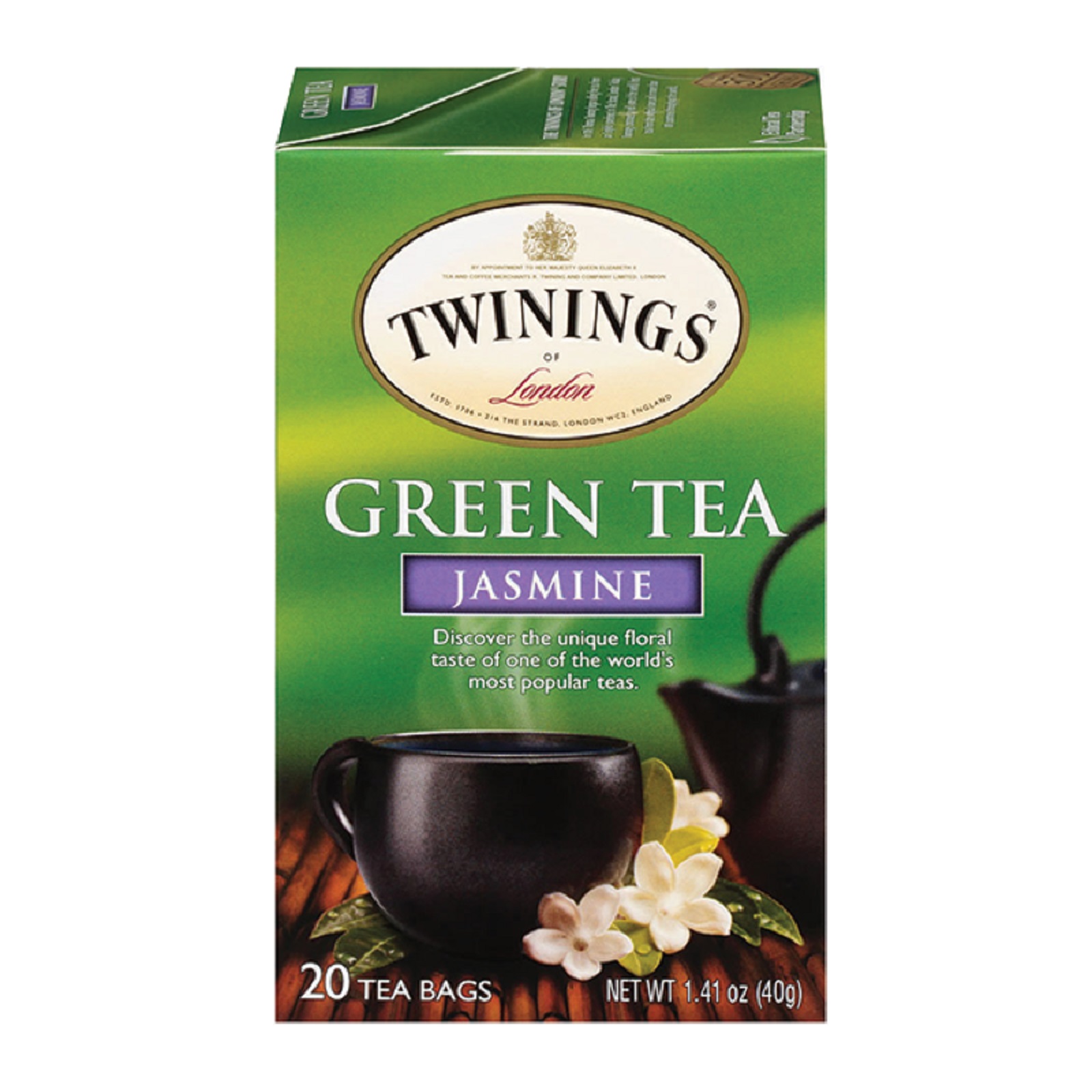
/closeup-coffee-beans-543525262-579791c85f9b58461f1d44a6.jpg)
According to one legend, the stimulating substance was discovered by a goat herder who noticed the animals exhibiting more energy after they ate certain wild berries. People have used caffeine in various forms for thousands of years. The Mayo Clinic advises most healthy adults can safely ingest up to 400 milligrams of caffeine each day.

By contrast, an herbal jasmine tisane has no caffeine, and a jasmine blend made with black tea contains about 45 grams. Specifically, an 8-ounce cup of jasmine green tea contains around 25 milligrams of caffeine - around a quarter the amount found in a brewed cup of coffee. Since most jasmine blends are made with green tea, they tend to have less caffeine than black tea or coffee. Most people are familiar with caffeine as a stimulant that makes the brain feel more alert even during a period of lethargy. In its most isolated form, caffeine presents itself as a bitter white powder. More than 60 different plants produce caffeine naturally, but the ingredient is also made synthetically. Jasmine flowers produce their most potent scent after the sun sets. This delicate process may be repeated several times to perfume the tea to its desired potency. Tea makers place the flowers on the leaves in layers to let the blooms release their scent directly into the tea leaves. This process takes place in the evening since jasmine flowers produce their most potent scent after the sun sets. When tea makers develop jasmine tea, they typically use a green tea base and scent the leaves with jasmine flowers. To make blended teas, producers begin with a common base like green, black, or white tea leaves, and combine them with a preferred flavor. Today, it offers a subtle boost of relaxed energy wrapped up in a beautiful sensory experience. Jasmine tea in particular is one of the world’s most special blends, originally produced in China more than a millennium ago. Its depth of flavor and sense of ritual give us a reason to slow down and savor its delicate aroma and flavor. Product Claims: From Australia’s #1 Vitamin D brand, Ostelin Vitamin D for Liquid Kids provides 200IU of Vitamin D3 per 0.5mL dose and includes an easy to use measuring dispenser ensuring accurate dose delivery.With the exception of water itself, tea is the world’s most ancient beverage, with thousands of years of history behind it. Suitable For: From Australia’s #1 Vitamin D brand, Ostelin Vitamin D for Liquid Kids provides 200IU of Vitamin D3 per 0.5mL dose and includes an easy to use measuring dispenser ensuring accurate dose delivery.Īvailable in a tasty strawberry flavour Ostelin Vitamin D Liquid Kids can be administered directly into the infant/child’s mouth or added to their favourite drink. This product comes with an applicator for easy, accurate dosing. Vitamin D is important for a healthy immune system. For those who are always indoors, wear sun protection clothing, or have darker skin, additional dietary Vitamin D may be required. It is also important as it promotes calcium absorption, helps in the development and maintenance of teeth and is involved in bone mineralisation.

Vitamin D is required throughout life as it helps to form and maintain strong bones. Ostelin Kids Vitamin D3 Liquid is suitable for maintaining adequate vitamin D levels and may assist in the prevention of vitamin D deficiency when dietary intake is inadequate. Ostelin Kids Vitamin D3 Liquid provides a tailored dose of vitamin D3, the form naturally found in the body, in a pleasant strawberry flavour.

Ostelin Kids Vitamin D3 liquid helps keep muscles and bones strong.


 0 kommentar(er)
0 kommentar(er)
